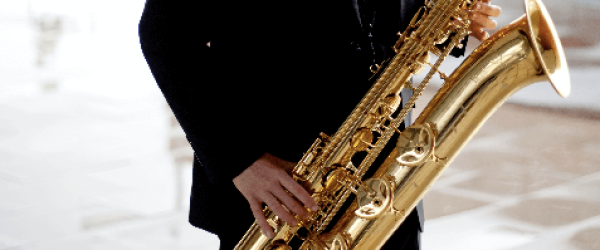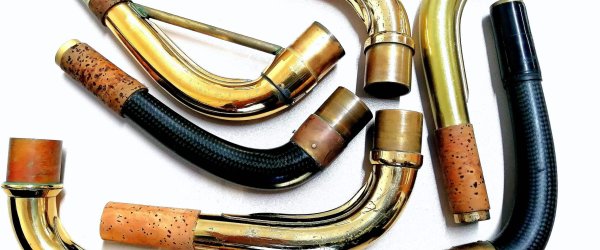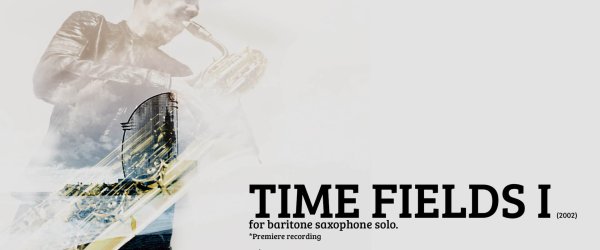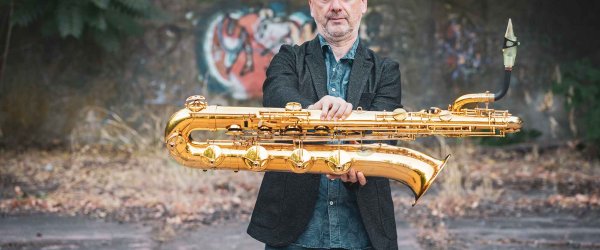
photo by Anna Guardiola
I like contemporary music based on traditional music. The first piece of contemporary music I played with my (alto, then) saxophone was the Ryo Noda’s Improvisation 1. Many years later, I decided to record a work by Noda, Fantaisie et Danse, on my first solo album Believer to tribute to this composer.
The Composer
RYO NODA (Amagasaki, Japan, 1948) is a saxophone player who, after having been graduated in Osaka, studied with Frederick L. Hemke in Chicago (USA) and Jean-Marie Londeix in Bordeaux (France). His compositions, the most for saxophone, have a great influence from the traditional Japanese music. These works contain lots of elements from the occidental contemporary music.
Click here (posa link) to read more about the composer.
Details of the work
Publisher: Alphonse Leduc, Paris (FRA)
Duration: Around 6:00
Range (written): (A)Bb2 – C6
TECHNIQUES: Glissandi and portamenti, vibrato and oscillations, air sounds (optional), bisbigliandi, tonguing accuracy, diversity of articulations, slaps, fast excerpts, altissimo register, key sounds.
PERFORMANCE: To play according the characteristics of the traditional Japanese music. Play with a rhythmic precision.
Meaning and structure of Fantaisie et Danse
This work could not be in principle suitable for a baritone saxophone, since the shakuhachi is not such a low instrument. These Japanese flutes are shorter: the largest one is around one meter in length, almost like an alto saxophone. I decided to include it in my repertoire because there is an optional low A in one of the phrases of the “Danse”, and the baritone is the only saxophone that reaches this note. Anyway, the special approach to the instrument required was my main motivation to study it and play it in concert.
I looked for some references of performers of the original instrument. I took some ideas from this video of Horacio Curti (posa link). This video is very useful for imitating some technical elements as the attacks on the grace notes, the “woody” sound (coloured by air) of the instrument, the silences and atmosphere, etc.
This work is structured in three very clear parts. The first and third ones show the deeply expressive character of the honkyoku music and create a wonderful “mysterious” atmosphere that evoke us a state of meditation. The central part, Dance, has a great amount of articulations (accents, staccatti, slaps, etc) and dynamics contrasts.
I think that it is a very good piece to play in concert. I like to play FANTAISIE ET DANSE by heart (it is easy to memorize, in my opinion) and look for situations to appeal and surprise the audience.
—
Would you like to know more about FANTAISIE ET DANSE by Ryo Noda? Would you like to work on it? Don’t hesitate to contact me for more questions.
Joan Martí-Frasquier
Barcelona, September 2017
Update: October 2024





